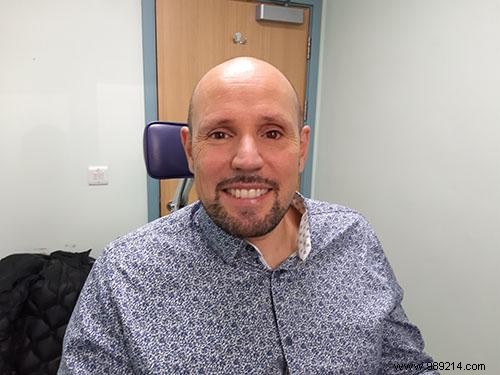Across the Channel, doctors are at the origin of a great world first. They implanted an eye prosthesis from 3D printing on a patient. The patient in question is therefore the very first to receive such an eye, the design of which is entirely digital.
Briton Steve Verze is the first person in the world to receive a false eye from 3D printing . The realization of this kind of prosthesis currently takes about six weeks. According to a press release from the Moorfields Biomedical Research Center on November 25, 2021, 3D printing should make it possible to reduce this delay by half. In addition, the implants have a more realistic appearance. The patient reported needing an ocular prosthesis since the age of twenty. He also explained that he had a complex about his false eye. The new prosthesis should allow the patient to be more comfortable on a daily basis .
Remember that current acrylic implants require the production of a mold of the eye socket beforehand. However, this is a fairly heavy and invasive intervention, especially for children. It must be said that this operation requires general anesthesia in many cases. The printable version only requires an eye scan. On the manufacturing side, the result of the scan is sent to a printer which produces the prosthesis in only two and a half hours.

Beyond the reduction in manufacturing time, the fake eye looks more natural. Indeed, it allows light to pass through its entire depth. The clinical trial on the patient should provide solid evidence about the supposed added value of this technology for patients. Steve Verze will therefore have to give his impressions. This is a decisive collaboration in the potential future democratization of the practice.
In its publication, the Moorfields Eye Charity recalls that more than eight million people in the world have an ocular prosthesis. This need can follow an illness, a trauma or, in many cases, a malformation. A generalization of this technology could also make it possible to reduce queues at ophthalmologists and hospitals. This new technology is also a real leap forward since during the last fifty years, manufacturing techniques had evolved relatively little.
Remember, however, that this eye prosthesis does not allow vision. However, progress also exists on the side of prostheses to regain sight . In 2017, the Californian company Second Sight equipped around thirty French patients with its Argus II, a bionic retinal prosthesis.